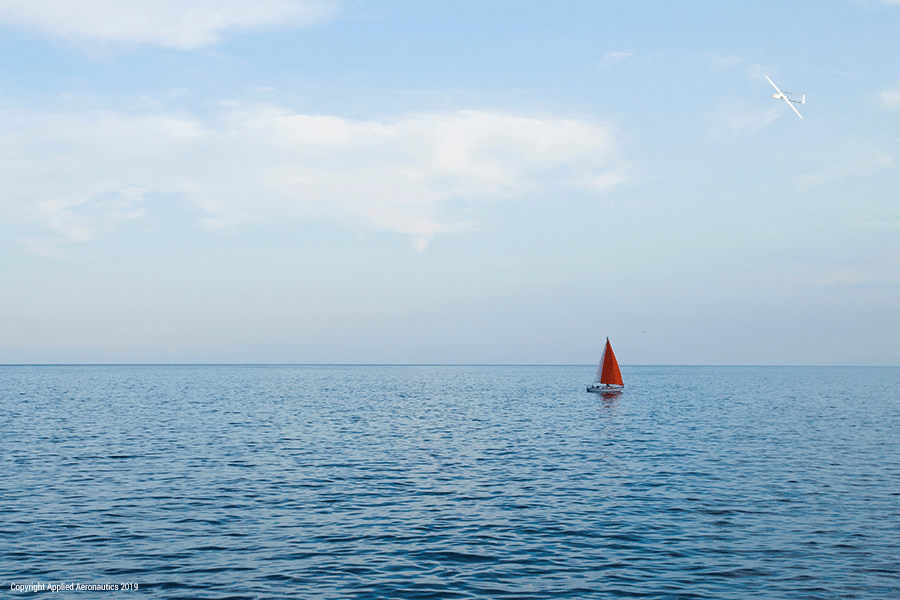The Albatross UAV
With adoption rates on the rise, drones and are making a splash in the Oil and Gas sector, providing improved communications, safer work enviornments and more accurate data alll while saving companies both time and money. Below we discuss the primary ways, drones can streamline operations in the indsutry.
More Accurate Data
Drones are a versatile platform that can be outfitted with a wide range of cameras and sensors that can collect vital data in real time. Businesses can easily integrate digitized mapping information and other data from drone flights into analytical and AI solutions for advanced processing. For example, software solutions use topographical and geological data gathered by drones to create models that help identify promising oil and gas drill sites.
Not only do drones gather information more efficiently than human inspectors, the digital data enables employees to make better, data-driven decisions. This drastically reduces downtime, catches conflicts and issues faster, and helps keep your operation running smoothly.
Reduced Costs
Inspecting O&G infrastructure and gathering critical data with drones cost substantially less than traditional inspection methods that require ground crews or manned flights. Drones are tough birds and can withstand harsh temperatures and other conditions. They get much closer to infrastructure than a helicopter or airplane, providing better visuals and data. Drones also minimize downtime by avoiding the need to shut down operations for inspections and by catching leaks and other maintenance issues early, lowering remediation costs.
Drones enable employees to conduct inspection and monitoring tasks without exposing themselves to the typical dangers of O&G operations. As a result, work hours lost due to injuries decline, medical expenses and insurance costs shrink, and the number of workplace events reported to OSHA and other regulatory agencies drop.
Improved Safety
Manual infrastructure inspections are often dangerous. For example, inspectors at wells and offshore rigs must climb up and down ladders and along catwalks — and even use cranes or harnesses and rappelling equipment to reach equipment. Inspectors sometimes must work in close proximity to harmful chemicals and dangerous machinery.
Drones perform inspections without risking employee safety. They’re particularly useful for inspections after blowouts or natural disasters — or when sending a ground crew to a site may be difficult, costly or unsafe.
Superior Communications
The remote nature of oil and gas work often requires operators to communicate with workers on sites around the world. This can present a challenge to managers and engineers working from the headquarters and collaborating with the boots on the ground. But drones can make things easier. Workers on the ground can fly drones on their site and upload the data to the cloud where back office managers can review and coordinate further inspection or follow ups — all without leaving the desk chair. Using software such as DroneDeploy makes it easy for the back office to markup maps or drop in annotations in real time so that inspectors can check on pressure points, leaks, or other potential issues.
Check out www.appliedaeronautics.com to learn more about drone technology.
Original post via Drone Deploy









